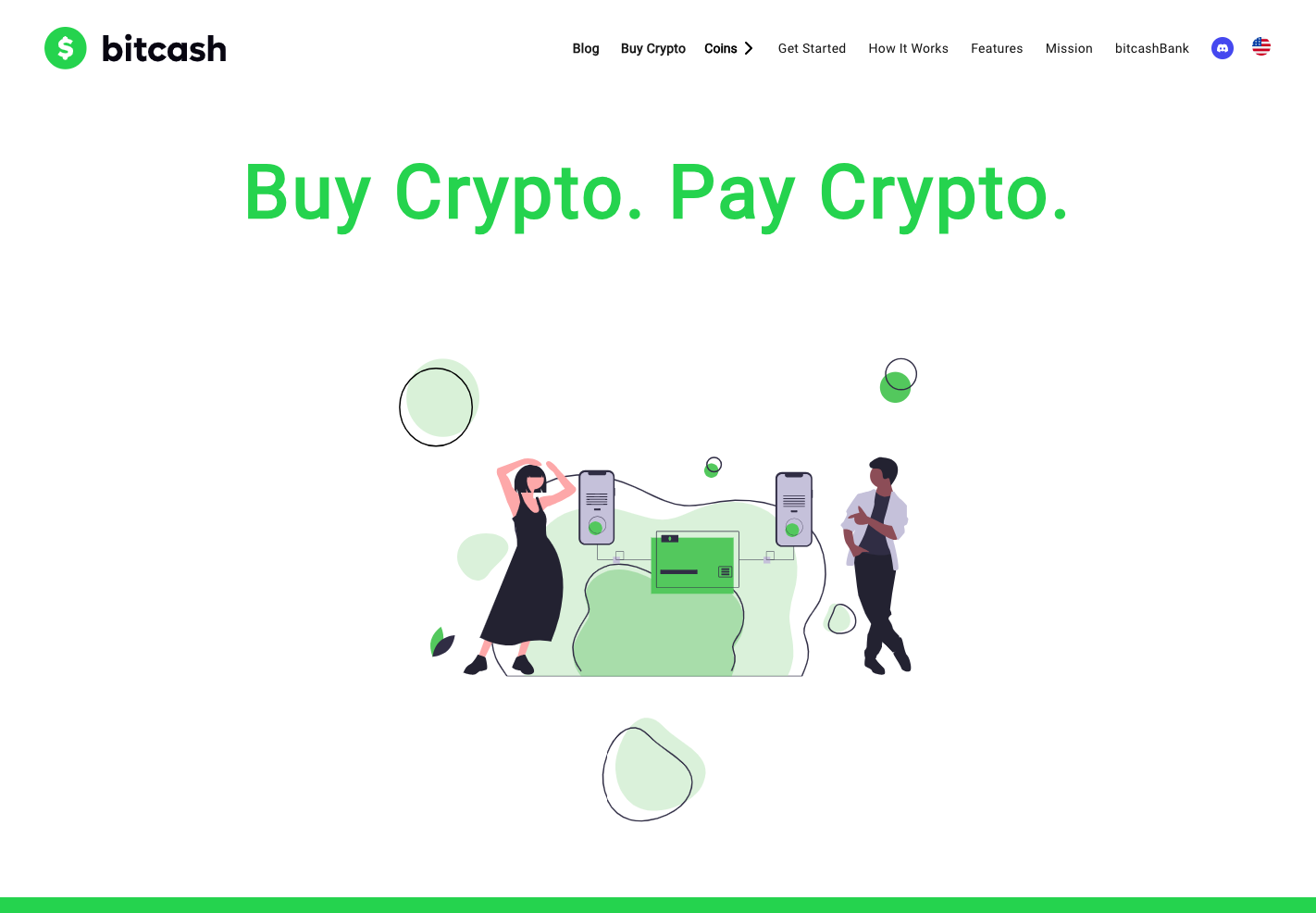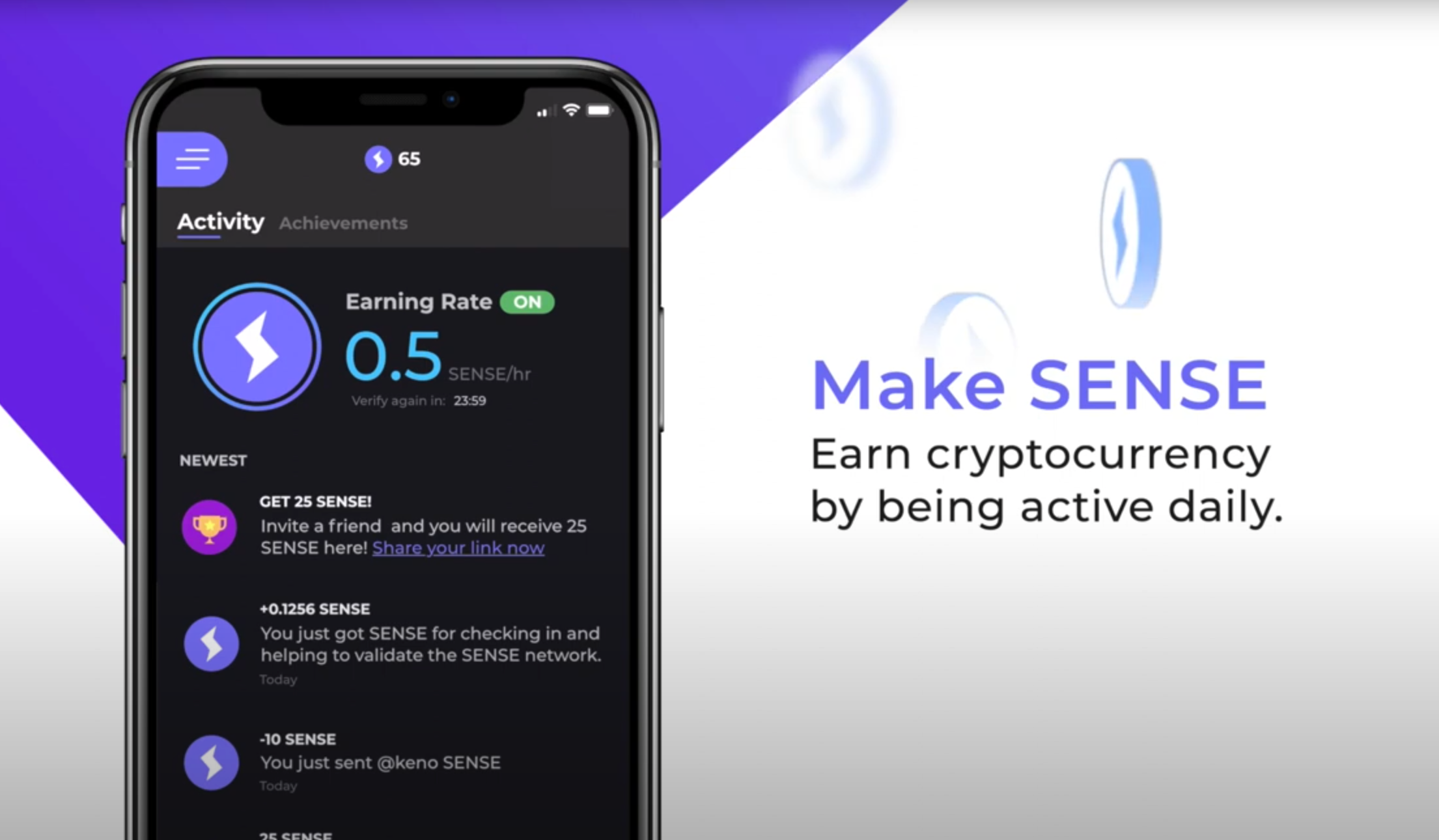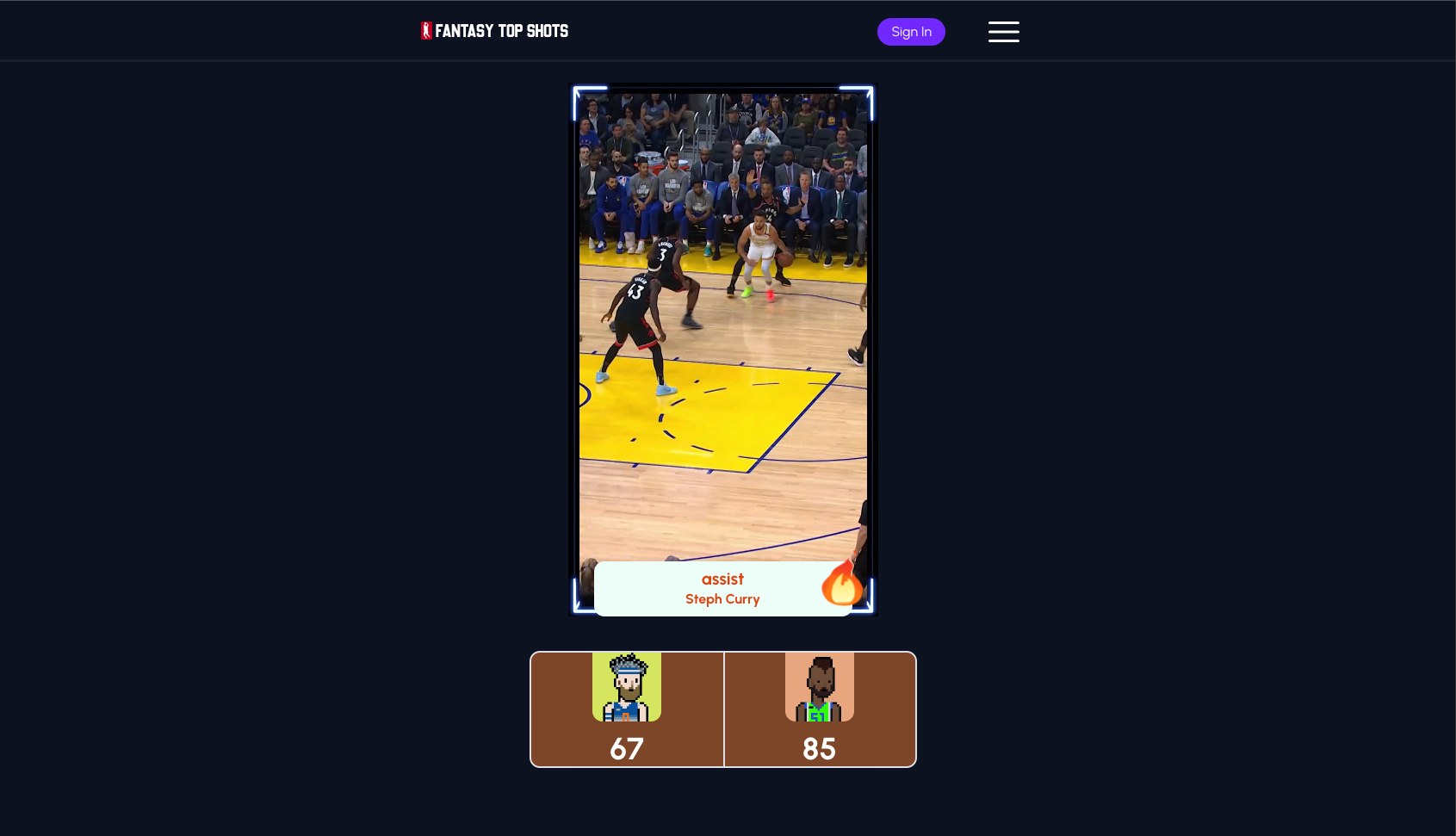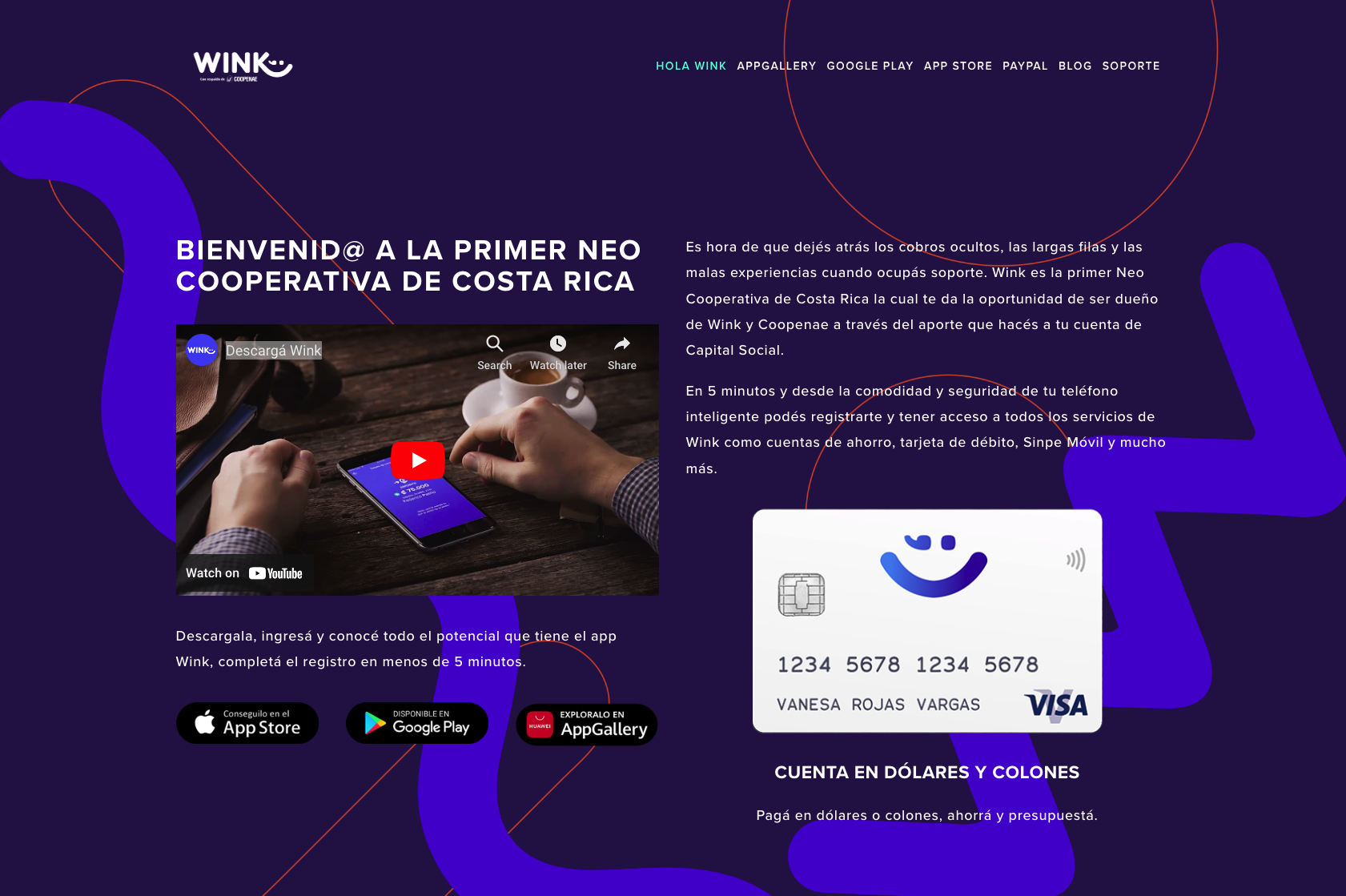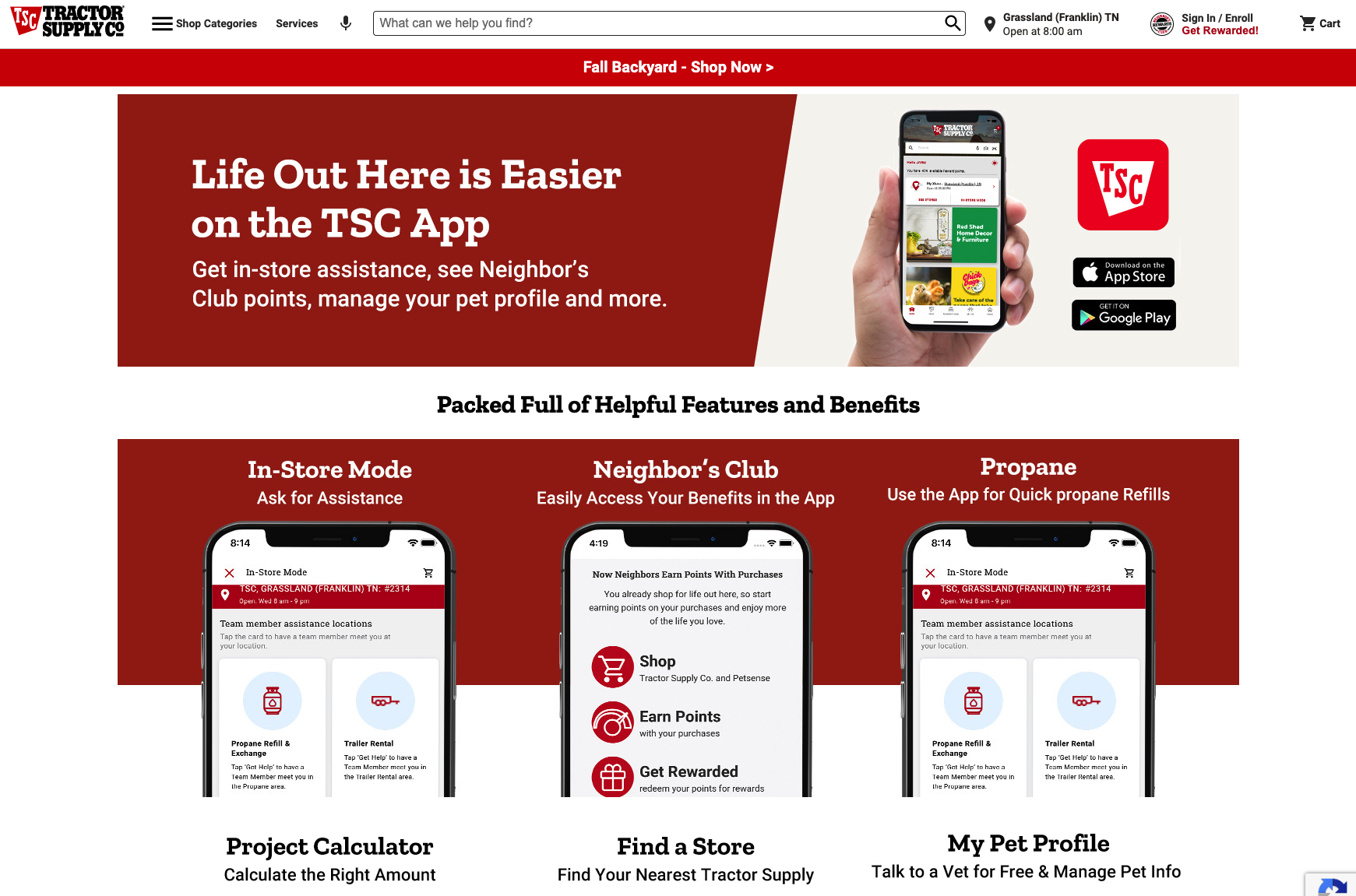Gabo Esquivel - Mobile Development Experience
My journey into mobile development began with a simple but powerful realization: technology is most transformative when it fits seamlessly into people's everyday lives. While working on traditional web applications, I observed how mobile devices were becoming the primary way people accessed digital experiences. I still remember testing my first React Native prototype in 2015—watching the same code run natively on both iOS and Android felt like witnessing a fundamental shift in how we could build software. Since then, I've dedicated myself to creating mobile experiences that combine the accessibility of web technologies with the performance and capabilities of native platforms, reflecting my belief that the best technology adapts to human behavior rather than forcing humans to adapt to technology.
Digital Banking & React Native Adoption
My formal entry into mobile development came in 2015 at Wink, Costa Rica's first digital neobank. As the technical lead, I made a critical architectural decision to use React Native for their mobile app—a choice that was considered bold at the time as the framework had only been publicly released months earlier. What convinced me was experiencing the efficiency of maintaining a single codebase while still delivering native performance. The challenge of implementing secure biometric authentication and banking integrations pushed me to develop deep expertise in React Native's bridge system and native module architecture. This project wasn't just technically significant—it was one of Latin America's first production React Native apps and taught me valuable lessons about balancing innovation with reliability when working in regulated industries.
Encrypted Messaging & Blockchain Integration
By 2019, I had the opportunity to work on a very different kind of mobile challenge at Sense Chat. The project focused on building a secure messaging platform with integrated crypto wallet functionality—combining privacy, communication, and financial transactions in a single mobile experience. I found this integration particularly fascinating as it required solving complex UX challenges around secure key management and blockchain interactions without overwhelming users with technical complexity. I remember the moment when we successfully completed our first end-to-end encrypted message that triggered a token transfer—it felt like we'd created a new kind of digital interaction that wasn't possible before. My work optimizing React Native components and implementing EOS blockchain functionality significantly improved app performance while maintaining a seamless user experience across cryptographic operations.
Gaming & NFT Mobile Experiences
In 2022, I expanded my mobile development experience into gaming by creating Fantasy Top Shots, a mobile game that integrated NBA Top Shot NFTs for the Flow Hackathon. This project presented unique technical challenges around rendering performance and blockchain integration in a game context. Using Expo for rapid development allowed me to focus on the core gameplay mechanics while still maintaining the ability to access native features when needed. What made this project especially satisfying was seeing users interact with their digital collectibles in an entirely new way—transforming static NFTs into dynamic game elements that responded to real-world basketball statistics. The experience reinforced my understanding of how mobile platforms can create entirely new forms of digital interaction beyond traditional applications.
That same year, for Wizard World, I built a progressive web app that connected OpenAI's models with Flow blockchain for AI-generated NFT creation. While not a native mobile application, this project taught me valuable lessons about optimizing complex operations for mobile browsers and creating responsive interfaces that work across different screen sizes. The technical challenge of processing AI image generation and blockchain transactions in a mobile context pushed me to develop better optimization strategies for resource-constrained environments. This experience became particularly valuable in my later work with native AI applications, where similar performance considerations would apply.
Augmented Reality & Retail Applications
In 2021, while consulting for Tractor Supply, I tackled the challenge of integrating augmented reality into their mobile shopping experience. This project required pushing React Native beyond its typical boundaries by incorporating ViroAR to create product preview experiences. I still remember the first time we successfully rendered a 3D farm equipment model in a user's physical space—seeing the digital and physical worlds blend seamlessly was a powerful validation of AR's potential for retail. Beyond the technical implementation, I focused on optimizing performance and refactoring the codebase to improve maintainability. Introducing TypeScript across the project created more robust type safety that reduced runtime errors and improved the development experience—principles I've carried into all my subsequent mobile projects.
Voice & Chat AI Assistants
My most recent and perhaps most sophisticated mobile work has been with LegalAgent's AI assistant (2024-2025), where I integrated multimodal AI capabilities into their React Native app. This project represented a significant technical challenge—combining real-time voice transcription, natural language processing, and document retrieval in a mobile context. Using OpenAI's Realtime API for voice and the Vercel AI SDK for chat required careful optimization to maintain performance while handling complex AI operations. I focused on creating a seamless experience between voice and text interfaces, allowing lawyers to switch naturally between interaction modes depending on their context. The implementation of RAG architecture for contextual legal document retrieval was particularly rewarding, as it transformed how lawyers could access case information through natural conversation rather than manual searches. Seeing users interact effortlessly with complex legal information through voice commands reinforced my belief in the transformative potential of well-designed mobile AI interfaces.
Mobile Projects
Let's Work Together
I typically work through remote 1099 contracts via my US-based company, Blockmatic Labs LLC. This setup gives clients straightforward contracts, built-in compliance, and IP protection. Based in Costa Rica, I operate on US Mountain Time and am just a short flight from major US cities.
If you’re exploring something ambitious—a decentralized system, an AI-powered product, or an idea that needs a strong technical foundation—I’d be happy to hear from you.

